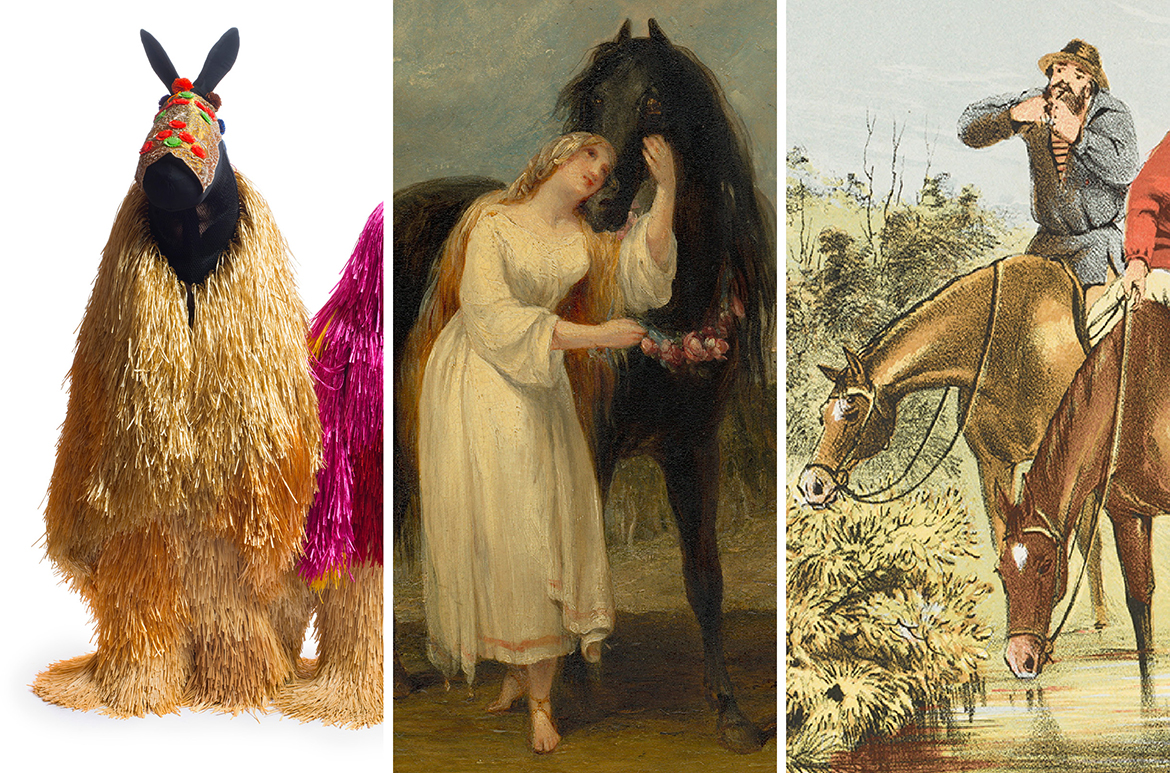The horse: Companion & muse
The horse has been a integral part of human history for millennia, prized both for their agility, speed and endurance, or strength needed to pull a plow or a carriage full of people. However, improved transportation options towards the end of the 1800s, especially the construction of railways, and the development of new mechanical innovations…





